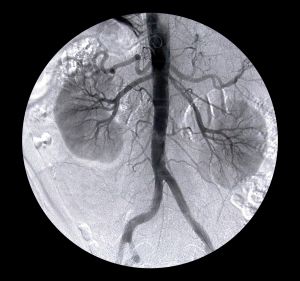If you are disabled and in the process of applying for Social Security Disability Insurance (SSDI) benefits, or are currently a recipient of SSDI benefits, you are probably paying close attention to the massive news coverage of the impending budgetary shortfall facing the Social Security Administration (SSA) run disability benefits program.
 A recent news feature from Town Hall is urging Congress to take action before it’s too late. The problem stems from the fact that SSA runs various programs funded by different sources. First, there is the Social Security retirement benefits program millions of elderly Americans rely upon to survive when they reach the ever-increasing age of eligibility. In addition to this program, with which most of us are familiar, there are two programs to help disabled Americans. One is the Social Security Disability Insurance program, and the other is the Supplemental Security Income program (SSI).
A recent news feature from Town Hall is urging Congress to take action before it’s too late. The problem stems from the fact that SSA runs various programs funded by different sources. First, there is the Social Security retirement benefits program millions of elderly Americans rely upon to survive when they reach the ever-increasing age of eligibility. In addition to this program, with which most of us are familiar, there are two programs to help disabled Americans. One is the Social Security Disability Insurance program, and the other is the Supplemental Security Income program (SSI).
Continue reading
 Massachusetts Social Security Disability Lawyers Blog
Massachusetts Social Security Disability Lawyers Blog












